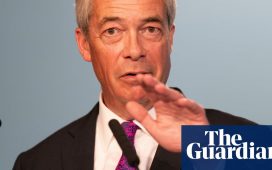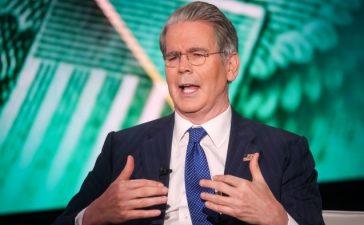Izusek | E+ | Getty Images
Exchange-traded funds are generally known for passive strategies. But there has been a surge in actively managed ETFs as investors seek lower costs and more precision, experts say.
Active ETFs represented just more than 2% of the U.S. ETF market at the beginning of 2019. But these funds have since grown more than 20% each year, rising to a market share of more than 7% in 2024, according to Morningstar.
Some 328 active ETFs have launched in 2024 through September, compared to 352 in 2023, which has been “kind of remarkable,” said Stephen Welch, a senior manager research analyst for Morningstar, referring to the growth of ETFs this year.
There are a few reasons for the active ETF growth, experts say.
In 2019, the U.S. Securities and Exchange Commission issued the “ETF rule,” which “streamlined the approval process” and made it easier for portfolio managers to create new ETFs, Welch said.
Meanwhile, investors and advisors have increasingly shifted toward lower-cost funds. Plus, there has been a trend of mutual fund providers converting funds to ETFs.
Still, only a fraction of issuers have been successful in the active ETF market. The top 10 issuers controlled 74% of assets, as of March 31, according to Morningstar. As of October, only 40% of active stock ETFs had more than $100 million in assets.
The “biggest thing” to focus on is the health of an active ETF, explained Welch, warning investors to “stay away from ones that don’t have a lot of assets.”
Active ETFs allow ‘tactical adjustments’
While passive ETFs replicate an index, such as the S&P 500, active managers aim to outperform a specific benchmark. Like passive ETFs, the active version is typically more tax-friendly that similar mutual funds.
“Active ETFs allow managers to make tactical adjustments, which may help navigate market volatility more smoothly than a passive index,” said certified financial planner Jon Ulin, managing principal of Ulin & Co. Wealth Management in Boca Raton, Florida.
These funds can also provide “more unique strategies” compared to the traditional index space, he said.
The average active ETF fee is 0.65%, which is 36% cheaper than the average mutual fund, according to a Morningstar report released in April. But the asset-weighted average expense ratio for passive funds was 0.11% in 2023.
However, there is the potential for underperformance, as many active managers fail to beat their benchmarks, Ulin said. Plus, some active ETFs are newer, with less performance data to review their performance.









